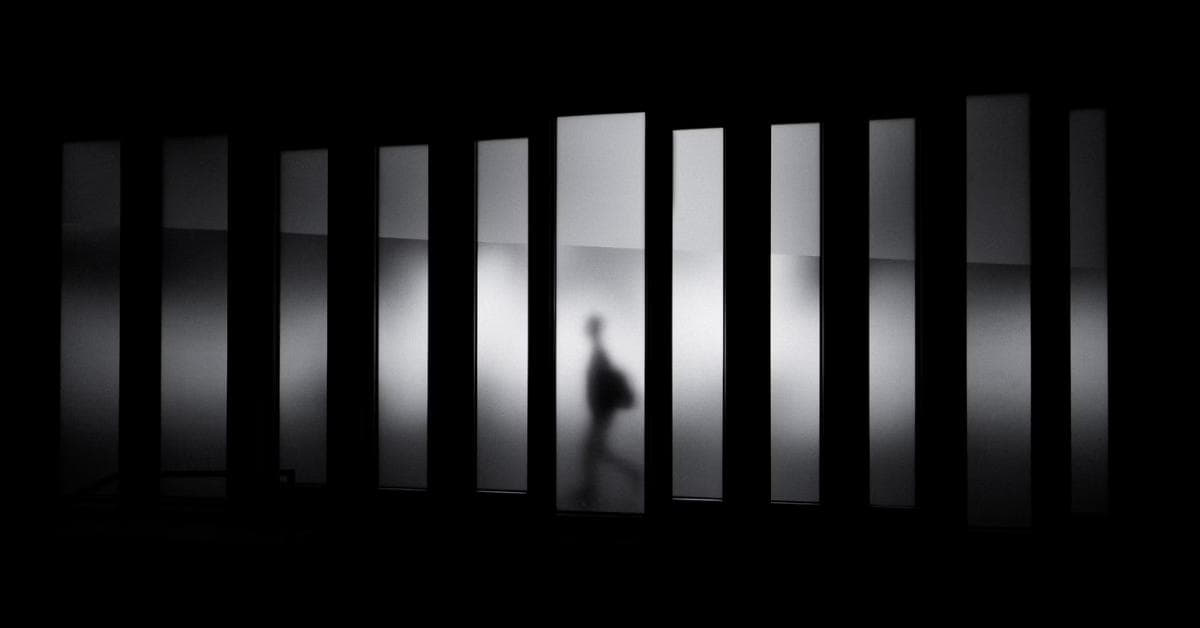Shadow photo editing is a creative and indispensable technique in the world of photography. Whether you’re a professional photographer or an amateur enthusiast, understanding how to edit shadows effectively can make a significant difference in the quality of your images. In this article, we’ll explore the art of shadow photo editing background, offering tips, tricks, and frequently asked questions to help you master this essential skill.
Understanding Shadow Photo Editing Background
Before delving into the nitty-gritty of shadow creation, it’s crucial to understand what it entails. Shadow editing involves adjusting the intensity, position, and appearance of shadows in an image. It can enhance the mood, drama, and overall impact of your photographs, resulting in stunning visuals.
Tips for Effective Shadow Photo Editing
- Quality Original Photos: Start with high-quality original photos. Well-exposed images will provide better results during the editing process.
- Use the Right Software: Choose a photo editing software like Adobe Photoshop, Lightroom, or GIMP for more advanced features.
- Adjust Exposure: Begin by correcting the exposure to achieve the desired overall brightness. This step sets the foundation for shadow editing.
- Create a New Layer: Always work on a separate layer when editing shadows. This allows you to make adjustments without affecting the original image.
- Dodge and Burn Tools: The dodge tool can lighten shadows, while the burn tool can darken highlights. Use them to control shadow intensity.
- Curves and Levels: Fine-tune shadows using curves and levels adjustments. These tools offer precise control over the shadow area.
- Blend Modes: Experiment with blend modes like Soft Light and Overlay to create realistic shadow effects.
- Feather Selections: When making selections, feather them to create soft transitions between shadows and highlights.
- Realism Matters: Ensure your edited shadows match the direction and intensity of the existing light source in the photo for a natural look.
- Practice, Practice, Practice: The more you practice shadow editing, the more proficient you’ll become. Experiment with different images and lighting scenarios.
Tricks to Elevate Your Shadow Editing Skills
- Color Grading: Incorporate color grading to harmonize shadows with the overall color scheme of the image.
- Texture Enhancement: Enhance shadow textures for a more realistic and captivating effect.
- Selective Shadow Editing: Consider selective shadow editing to focus on specific areas of your image that need attention.
- Use Layer Masks: Layer masks allow for precise control over which parts of your image are affected by your shadow edits.
- Reflections: Adding subtle reflections can give your images a touch of depth and dimension.
- Learn from Others: Study the works of experienced photo editors and photographers. You can gain inspiration and valuable insights from their techniques.
FAQs
Q1: What is the importance of shadow photo editing?
A1: Shadow photo editing is essential for enhancing the visual appeal of your images. It helps create depth, drama, and mood, improving the overall quality of your photographs.
Q2: Can I edit shadows in mobile apps?
A2: Yes, many mobile apps offer shadow editing tools. Adobe Lightroom, Snapseed, and VSCO are popular choices for mobile photo editing.
Q3: How do I maintain realism when editing shadows?
A3: Pay attention to the direction and intensity of the existing light source in your photo. Ensure your edited shadows align with these characteristics for a natural look.
Q4: Are there any online resources for learning shadow photo editing?
A4: Yes, you can find numerous tutorials and courses on platforms like YouTube, Udemy, and Skillshare to enhance your shadow photo editing skills.
Q5: What are the common mistakes to avoid when editing shadows?
A5: Overediting shadows, creating unrealistic shadows that don’t match the lighting in the original photo, and neglecting color grading are common mistakes to avoid.
Conclusion
Shadow photo editing background is a versatile technique that can significantly elevate the quality of your photographs. By following the tips and tricks outlined in this article and practicing your skills, you can become a proficient shadow photo editor. Remember that achieving a realistic and visually appealing result takes time and effort, so keep refining your skills and stay creative. Your shadow-edited photos will soon be captivating and mesmerizing, leaving a lasting impression on your audience.
This page was last edited on 16 January 2024, at 4:53 pm
